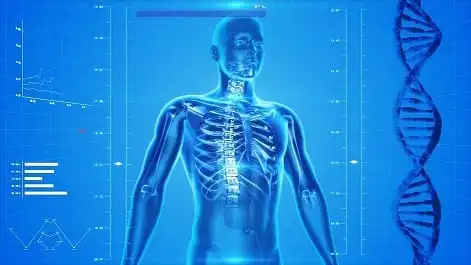Can AI Predict Heart Diseases?
Cardiovascular diseases are the leading death cause worldwide. Many artificial medical intelligence researchers are working on improving disease diagnosis, detection, and treatment of CVD. In medicine, AI aims gives unique ways, such as signalling, visual patterns, and waveforms for better analysis.
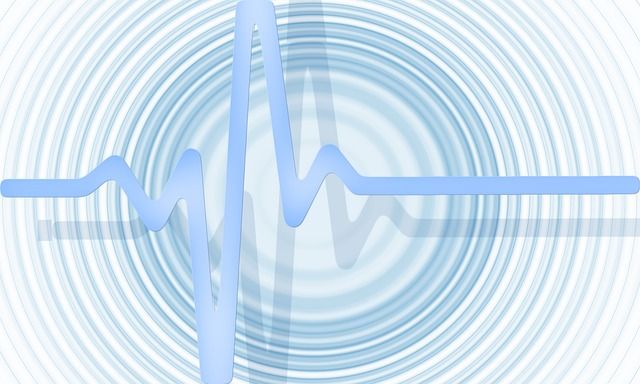
WHAT ARE CARDIOVASCULAR DISEASES?
Cardiovascular diseases, also known as CVDs, are a group of disorders related to the heart and blood vessels. These include:
- The disease of blood vessels not accurately sending blood to the heart muscles (coronary heart disease).
- Blood vessels do not accurately send blood to the brain (cerebrovascular disease).
- A disorder in supplying the blood to the arms and legs (peripheral arterial disease).
- Rheumatic fever causes damage to the heart muscles and valves due to streptococcal bacteria.
- Blood clot formation in leg veins causes deep vein thrombosis.
- Congenital disabilities affect the normal development of the heart, causing congenital heart diseases.
Cardiovascular disorders are the primary cause of death globally. In 2019, an estimated 17.9 million people died from CVDs, causing 32% of global deaths. 85% of these were due to heart strokes; so, it is not surprising that many researchers in artificial medical intelligence are focusing on improving disease diagnosis, detection, and treatment of CVD. Further, they are passionate about getting a better understanding of the causes of cardiovascular disorders. AI in medicine strives to offer exceptional methods, including technologies to provide signaling, visual patterns, and waveforms for improved analysis.
Systematic coronary risk evaluation is performed in high-risk cardiovascular disease patients to perform preventive measures to stop sudden cardiac deaths. Cardiovascular medicine doctors at Mayo Clinic are joining AI with clinical work to offer better care to cardiac patients. Three common examples of their research are given as:
- Preventing Heart Strokes: Applying artificial intelligence to ECG made it a cost-effective technique for detecting a weak heart pump that ultimately led to heart failure if left untreated. Mayo Clinic artificial intelligence has a database of more than 7 million ECGs for advanced use of AI. The technology helps mine data to predict potential heart diseases inexpensively, noninvasively, and in no time.
- Assisting People Who Had a Stroke: People with stroke known as intracerebral hemorrhage are prescribed to get a CT scan. A trained computer is used to examine and analyze scanned CT data, reducing diagnosis time and increasing the patient's recovery chances.
- Detecting a-fib (atrial fibrillation) Sooner: AI-powered ECGs are performed to detect unusual heart rhythms causing atrial fibrillation before the appearance of any specific symptoms.
Two of the great companies involved in predictive AI are Ultromics Ltd. and Transformative AL Ltd.

Ultromics developed its first FDA-cleared product, EchoGo Core that automates the calculations of significant heart matrices that are tedious and time-consuming if performed manually. Its second product, EchoGo Pro, is more predictive as approved by FDA in January 2021 and tells cardiologists that a patient will get stenosis or another kind of ischemia within a one-year time frame. Its warning system helps doctors to prevent heart stroke before it occurs. Since it’s a complex process to diagnose coronary artery disease and requires different imaging modalities with invasive coronary angiography, EchoGo Pro aids healthcare providers in determining which patients are at higher CVD risk and save their time for performing further unnecessary tests.
Transformative AI developed a technique to detect sudden cardiac arrests occurring in hospitals because delayed defibrillation more than two minutes after a heart attack lessens the survival chances. This predictive tool is more precise than imaging and data automation analysis where FDA was comfortable enough to give clearance.
FDA is now working to introduce new pathways of AI technologies in the market. IN EARLY JANUARY, the FDA announced an action plan for machine learning-based software known as "software as a medical device" as draft guidance issued this year.
Data is still the limitation of artificial intelligence. Many companies went to Europe to access the longitudinal data offered by the healthcare systems sponsored by the government. Transformative AI spent years building healthcare datasets in the US. Further, it is also recommended that the companies train their systems continuously for the targeted population.
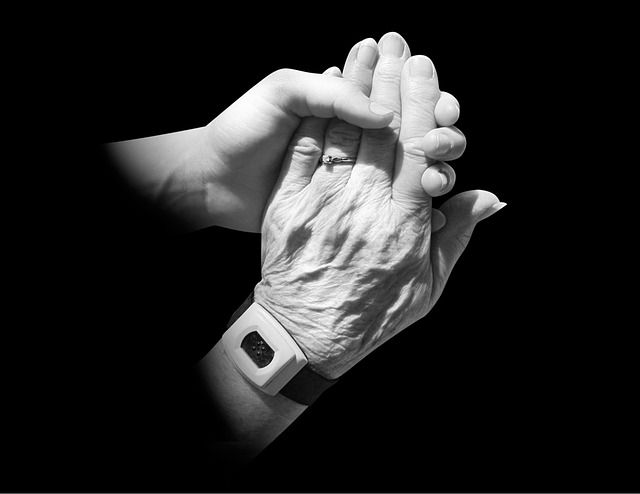
What is AI in medical terms? According to the 4th Annual Heart in Diabetes Conference held online from August 21 to 24, 2020, artificial intelligence is a promising technology in handling clinical data from all physicians to patients. It’s a complex process to handle medical data due to various factors:
- Its presence in more than one source system (human resource software and electronic medical records).
- The difference in storing formats (numeric, digital, or paper)
- Various departments (radiology or pharmacy)
- Data complexity
- Ever-changing regulatory and reporting formats for readmission
- Emerging research influencing discrepancies in data definitions
Besides, AI in medical terms is used to classify patients based on diagnosis and risk categorization to predict outcomes and select the appropriate treatment method. Further, it aids in patient management by using natural language processing and collecting patient information.
BENEFITS OF AI CARDIOLOGY
In what ways can technology be used to collect and analyze cardiovascular data? Techniques like artificial intelligence and machine learning help solve cardio-department challenges from prescribing the right medicine and physical activities to lessen the risk of getting cardiovascular diseases (CVD). Further are major points where AI strives hard to help patients with cardiac arrest or resolve other cardiac issues.
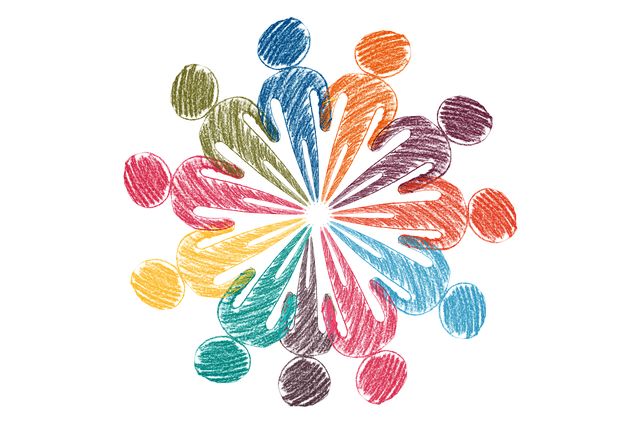
1. AI Wearables for Monitoring
Artificial intelligence heart failure sensor helps prevent a patient's admission with a third heart stroke. The device is worn on the heart patient discharged from the hospital for three months to perform continuous ECGs. The artificial intelligence confirms heart rate, respiratory rate, heart rhythm, sleeping, and walking patterns for every individual patient. It then detects any deviation from these standard terms to alert the patient's severe health condition. The installed system can predict rehospitalization before 10 days of patient readmission with 85% accuracy.
AI predicts death; people with chronic obstructive pulmonary disease and heart failure use AI hospital monitoring devices at their homes. It monitors respiration, pulse rate, oxygen saturation, mobility, and temperature. The data is analyzed for healthcare providers to share warning signs via an automatic alert system. A personal AI device for detecting AFib (atrial fibrillation) can be worn around the chest for performing continuous smart heart ECG. After interpreting the data, AI is aware of irregularities in patterns via mobile app. It helps patients become aware of their present situation and allow them to share it with their doctor when needed. Research shows that people wearing AI monitoring devices are more likely to receive timely treatment than those who only get standard care after heart disorder.
2. AI Medical Diagnosis
It requires years of medical training to diagnose correctly. Machine learning, or, majorly, deep learning algorithms are the AI diagnostic processes making it cheaper and accessible with massive advancements in the field. Machine learning algorithms see patterns similar to human doctors. The major difference among them is the algorithms that need many thousand examples to learn the machine. All the examples must be digits as machines cannot read fractional data.
So, machine learning is helpful in the areas where information is already digitized.
For instance,
- Detecting strokes or lung cancer according to the CT scan reports.
- Skin images are used to classify skin lesions.
- Used ECGs (electrocardiograms), cardiac machines, and MRIs to assess the risk of sudden deaths caused by cardiac diseases.
Great data is available on these cases that help to make algorithms experts. Plus, the algorithms conclude in seconds, and its result is inexpensively reproductive all over the word. So, everyone will access the expert diagnostic service everywhere at a low cost. It is just the beginning of machine learning diagnosis. It will become a more ambitious system with various data sources, including MRI, CT scans, patient data, genomics and proteomics, and even handwritten documents. It will boost the disease assessment process and its progression.
3. New Blood Test for Heart Disease Detection
According to research, a major clue of a person’s risk of heart failure is present in white blood cells and platelets. But the exact character of these cells influencing a person’s heart attack risk is still unknown. Moreover, the high-resolution photographs of white blood cells may answer this situation. Scientists at the University of Cambridge are analyzing blood sample images of 30,000 healthy people via algorithms to measure certain white cells and platelets' properties (shape and structure). The purpose of their study is to identify genes affecting these traits to find any genome influencing CVD risk. Plus, this study help find targeted cells during medication and prevents further heart strokes.
4. Identifying New Risk Markers
Researchers introduce a new biomarker to identify a heart attack. Scientists first used fat biopsies obtained from cardiac surgery patients to analyze genes associated with scarring, inflammation, and blood vessel formation. These gene expressions were matched with the coronary CT scans images to determine changes in the fat layers around the heart. Researchers then used artificial intelligence in medicine to develop FRP (fat radiomic profile) to identify red flags in the fat that lines blood supply to the heart. Excitingly, this technology helps to predict heart attacks in patients even before five years of its chances to occur.
5. Personalized Risk Prediction
A related case study provided a list of high-risk factors like cholesterol and hypertension in causing high risks of getting CVD risk. Thanks to the researchers at Cambridge University who are developing an algorithm to analyze the health record of about two million people. The algorithm will find fluctuating trends in a person’s overall health patterns to find the matching factors involved in heart arrests, stroke, and other CVDs. The researchers are hopeful about their study as it will help cardiologists to treat better and advise patients.
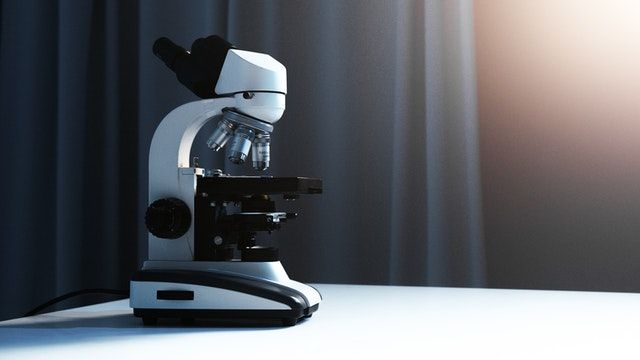
6. High-Risk Identifier of Side-Effects from MI Medication
Cardiologists recommend antiplatelet medication for the patient following myocardial infarction to lessen the risk of SCE (secondary cardiovascular events). But unluckily, it causes a higher risk of uncontrolled bleeding, and it is still complex to know who is at greater risk of it.
The University of Edinburgh and the Alan Turing Institute’s researchers developed a risk predictor tool, the single best predictor for heart attack and stroke is used to take data of almost 50,000 cardiovascular patients in Scotland. Researchers are excited that once the tool is tested, it will help doctors rightly prescribe the antiplatelet dosage and duration to patients at higher risk of bleedings.
7. Accurate Smart Heart Test Readings
· A coronary CT scan assesses a patient's risk of acquiring heart disease. The CAD-RADS (Coronary Artery Disease and Reporting Data System) access test imaging but focuses only on a few factors. A machine learning model is prepared to give multiple details of CT scan for better identification of acquiring heart stroke chances. The intelligent system proved to be more accurate than CAD-RADS for detecting disease risks and deciding which patient needs medication.
- An important risk factor of getting a heart attack or stroke is poor flood flow to the heart, and it is difficult to read noninvasive imaging for measuring heat flow. University College London’s researchers used AI heart to analyze CMR (cardiovascular magnetic resonance) imaging for checking blood flow rate. Artificial intelligence quickly and precisely quantified blood flow and predicted patients accurately with higher chances of getting heart disorders in the future than others.
- An ECG (electrocardiogram) is a test to check the heart's performance in an emergency room patient. The test helps in the identification of cardiac abnormalities except for heart failure. Moreover, blood tests can also be performed to check cardiac failure markers’ presence in blood, but it is too unreliable. Mayo Clinic researchers used artificial intelligence to recognize ECG patterns better to diagnose and distinguish patients who have or haven’t risks of heart failure.
8. Medicines Affect the Calcium Signaling in the Heart
Some medicines disrupt calcium flowing pathways in heart cells and cause arrhythmias. Further, this signaling is controlled by proteins found in cardiomyocytes and differs among individuals. The King’s College London’s data scientists are striving to better study the variations in calcium signaling within heart cells through data science. Consequently, they will make a virtual group of cells representing their variabilities in real hearts. Then they apply virtual drugs to these cells to find potential cells at higher risk of getting side effects.
9. The Best AI-Recommended Activity for Improving Cardiovascular Health
Healthcare providers recommend physical exercises to heart patients to reduce CVD risks, but what type of physical activity for how much time is not exactly known. Researchers strive to improve human health by asking them to perform the most relevant exercises having a significant impact on heart health. The scientists at the University of Oxford are working on data obtained from the UK Biobank containing the health information of about 100,000 people (including people using wearable devices). Using this data, they are hopeful of developing machine learning algorithms to indicate which physical activity helped more in improving heart health.
10. Genomic Parts Affecting CVD Risk
It is found that around 130 sections in the genome potentially affect a human’s risk of CVD, but their way of causing CVD risk is still unclear. Previous studies were done on finding how these genomic locations affect blood pressure and levels of other related proteins. But in recent studies, they are targeted to check whether these personal genetic characteristics are affecting risk factors and causing CVD or genes, risk factors, and CVD is changing individually.
The scientists at the University of Cambridge developed a new statistical tool to help know the relationship between genome regions and these risk factors causing CVD. It will help researchers identify new drugs, causes of cardiovascular diseases, and the selection of personalized preventive medicine.
WRAPPING NOTE
Medical artificial intelligence is still in its early stages, but it is also clear that even experts cannot match the ability of machine learning and heart AI in detecting various physiological changes. Artificial intelligence help clinicians to care for patients in a better way than humans could do in the past. AI cardiac cannot replace doctors completely; it just helps doctors directly and quickly diagnose disorders. For instance, the intelligent system will highlight malignant lesions and dangerous cardiac patterns, allowing expert doctors to take immediate action. Future research projects on the involvement of AI in medicine may consider the following terms:
- Monitoring the heart and relevant risks for detecting arrhythmia in smart clothing projects.
- Predicting risks in early conditions like in embolic stroke.
- Prediction of coronary heart disease using risk factor categories.
- Artificial intelligence technology compatible with high-tech stethoscopes and smartphones as smart apps.


